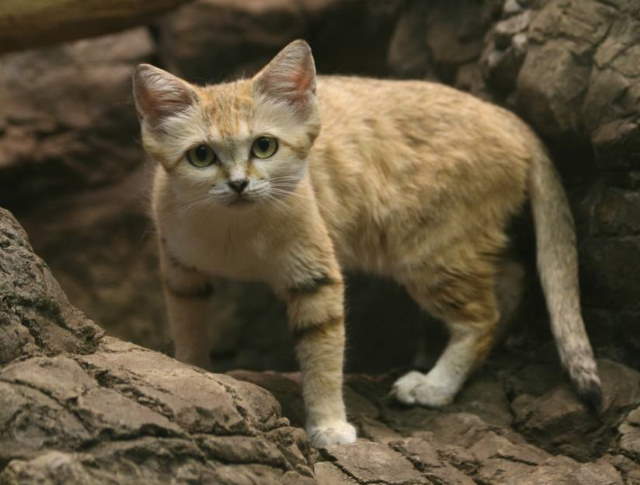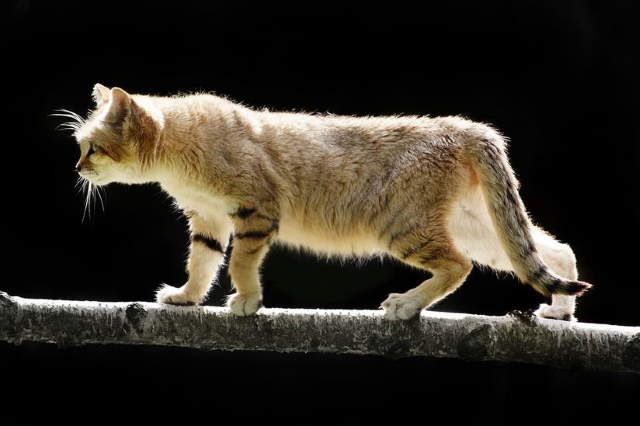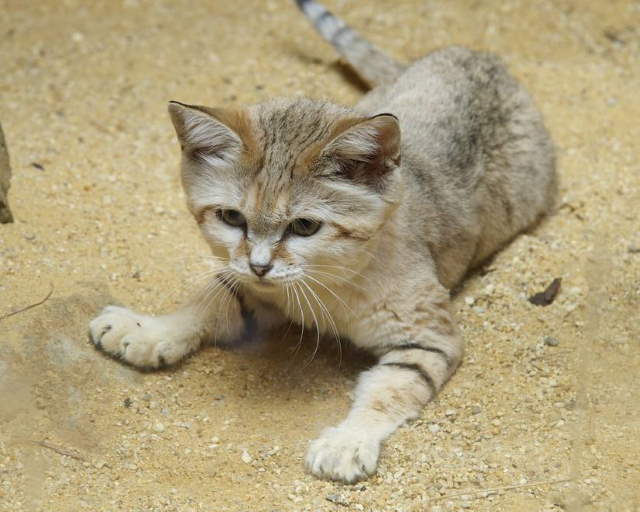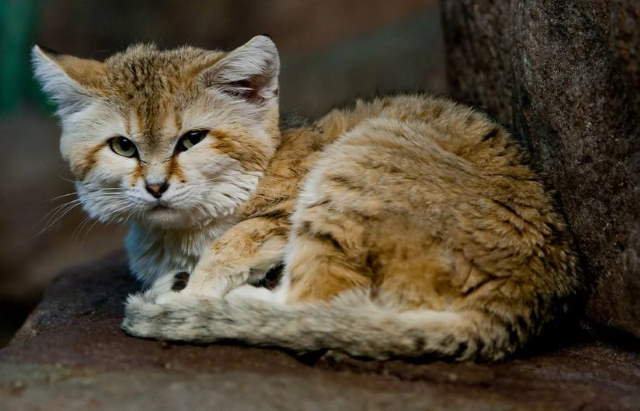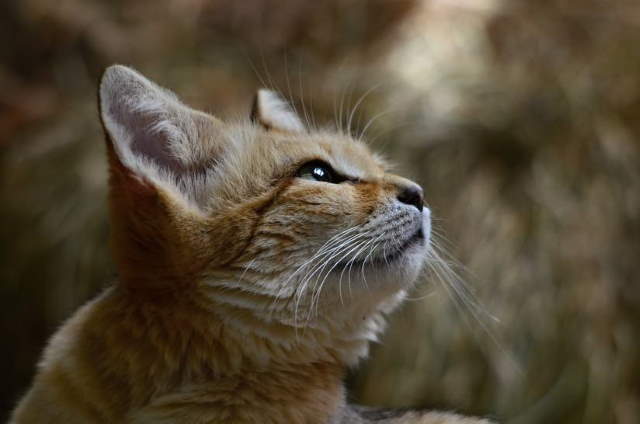SHANGRALA'S
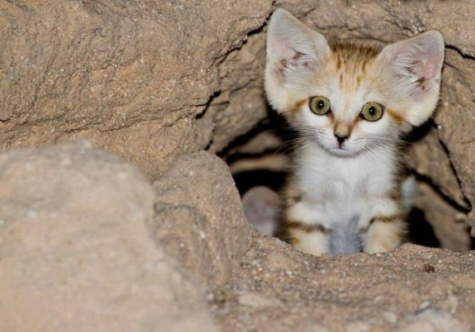
RARE ARABIAN SAND CAT!

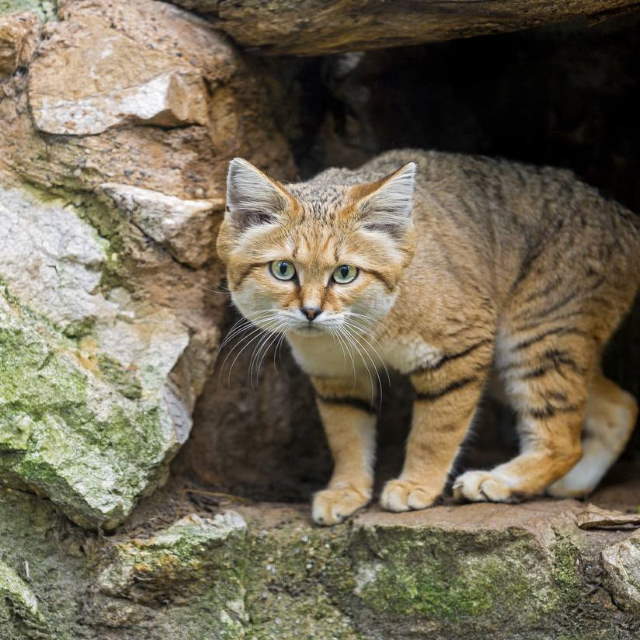
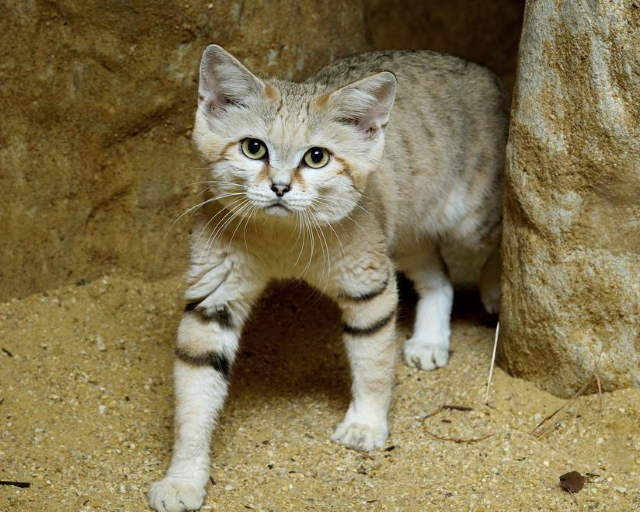
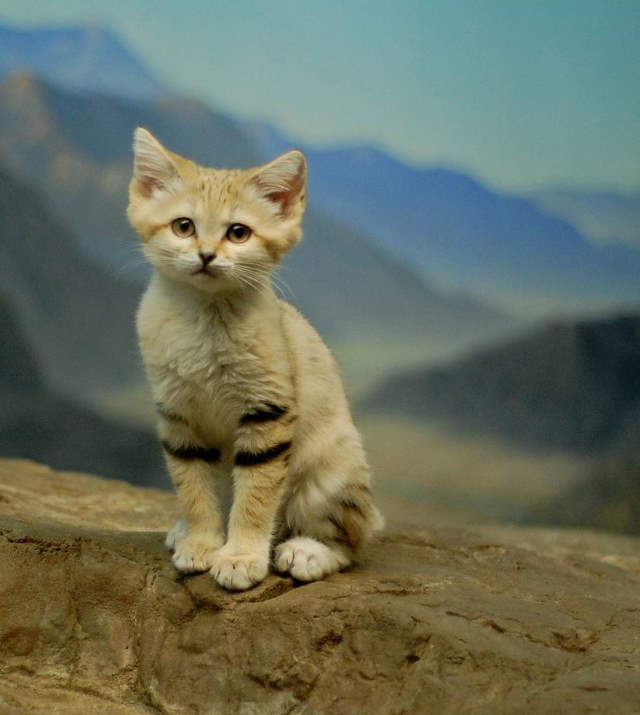
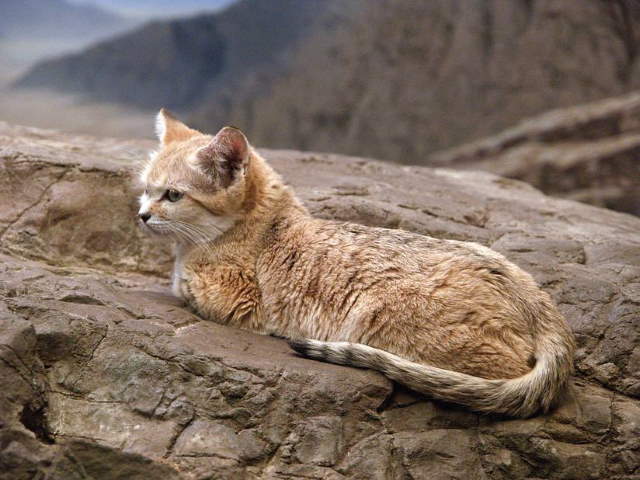
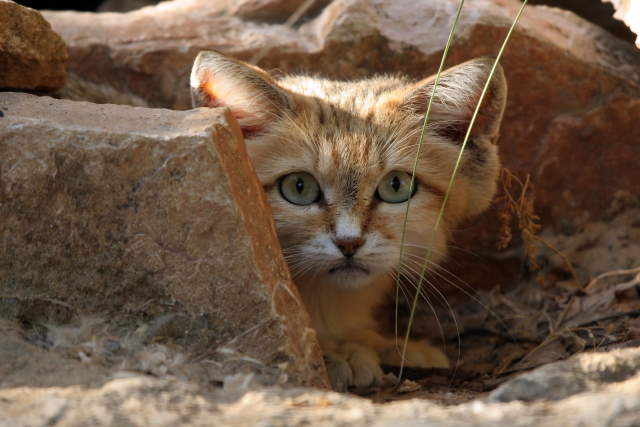
Share These
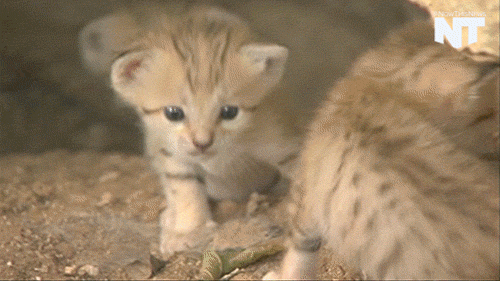
CUTE CATS...
With All Your Friends! :)
SEE ALSO: Rare Exotic Cats!

^BACK To TOP^
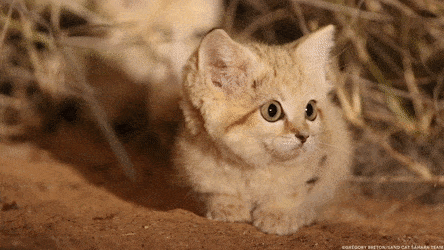
For those of you who Want More FUN - Visit The Shangy Fun List! Variety is the
spice of life! The Shangy Fun List is an ezine packed full of Poems, Inspirational and
Heart Warming Stories. Jokes from G to slightly R, and Anything else that just
might make you SMILE! Join In The Free FUN!! ... :)
Yes! Click Here To GO TO THE ARCHIVES!-
Like This Page?
If you are looking for more, here are some good places to start:

Zion The Lion!-
Bizarre Nature!-
Hybrid Big Cats!-
Lioness And Fox!-
Lion Cub Rescue!-
Only In Australia!-
Adam In Paradise!-
Toyger Mini Tiger!-
World Of Big Cats!-
Mouse Vs Leopard!-
Dangerous Critters!-
Animals First Snow!-
Bobcat On A Cactus!-
Leopard Vs Crocodile!-
Odin The White Tiger!-
Tierpark Leopard Cubs!-
Adorable Animal Selfies!-
Cute Australian Wildlife!-
Incredible Wildlife Photos!-
Hand-Sized Baby Animals!-
Longleat's Meals On Wheels!-
Friends: Lion, Tiger, And Bear!-
A-Z Animated Picture Images!-


 -To SHANGRALA-
-To SHANGRALA-
SPECIAL THANKS Goes To LINDA For Sharing This With Us.
Copyright © 1996 Netscape Communications Corporation. Mozilla is
a trademark of Netscape Communications Corporation.
Note: This is an Unofficial God, Jesus Christ, Family, & Cartoon Fan Site.
© All graphics representing Disney characters are copyrighted by Disney.
Likewise all other graphics & music Copyright © by their own Individual Artists.
I do not own any graphics on this site. If you do, please notify me and I'll give
you proper credit, a link, or remove it immediately according to your wishes.
~*~ Copyright © 1997-2019 Elrhea M. Bigham ~*~
